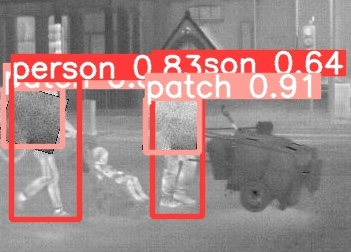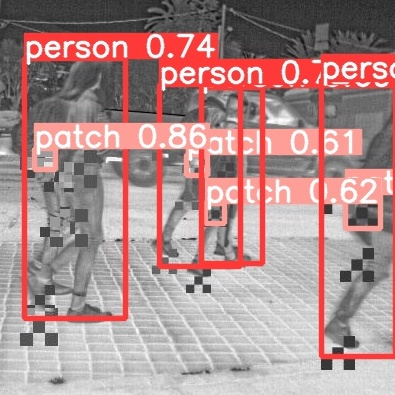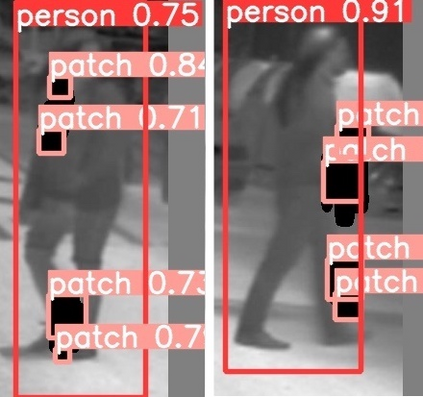Infrared detection is an emerging technique for safety-critical tasks owing to its remarkable anti-interference capability. However, recent studies have revealed that it is vulnerable to physically-realizable adversarial patches, posing risks in its real-world applications. To address this problem, we are the first to investigate defense strategies against adversarial patch attacks on infrared detection, especially human detection. We have devised a straightforward defense strategy, patch-based occlusion-aware detection (POD), which efficiently augments training samples with random patches and subsequently detects them. POD not only robustly detects people but also identifies adversarial patch locations. Surprisingly, while being extremely computationally efficient, POD easily generalizes to state-of-the-art adversarial patch attacks that are unseen during training. Furthermore, POD improves detection precision even in a clean (i.e., no-attack) situation due to the data augmentation effect. Evaluation demonstrated that POD is robust to adversarial patches of various shapes and sizes. The effectiveness of our baseline approach is shown to be a viable defense mechanism for real-world infrared human detection systems, paving the way for exploring future research directions.
翻译:暂无翻译








